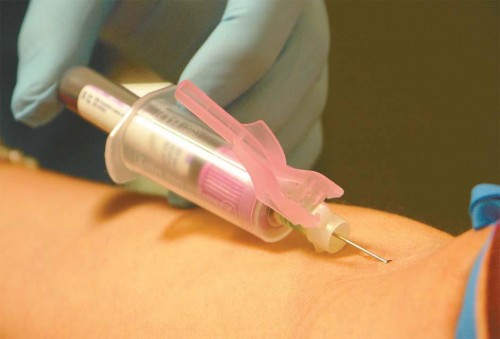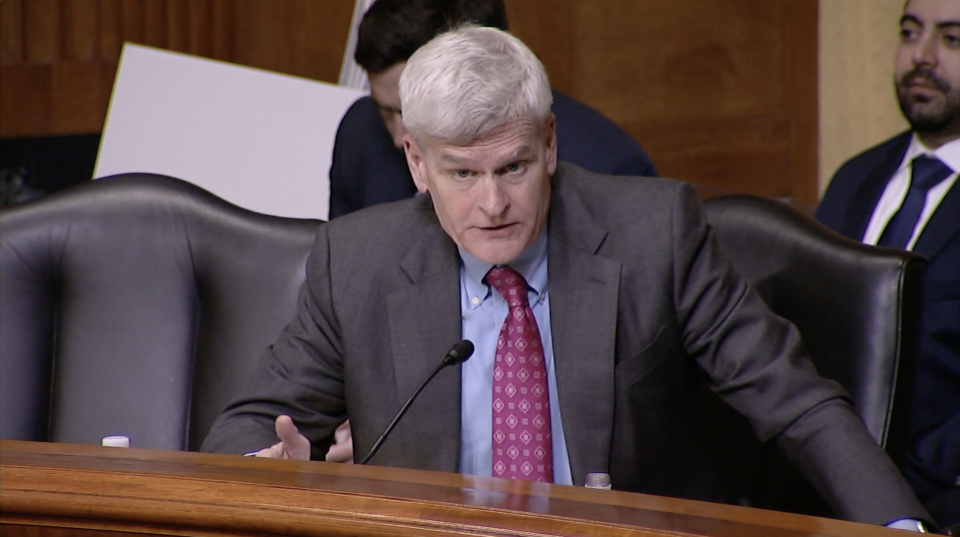
Economics influence gasoline prices
January 11, 2011Child safety seat event scheduled
January 13, 2011Test results from blood drawn among residents and workers along the Gulf coasts of Louisiana, Mississippi and Alabama show a connection between reported illnesses and crude oil released from BP Deepwater Horizon explosion on April 20, 2010.
According to Wilma Subra, environmental scientist, president of New Iberia-based Subra Co., and results evaluator for testing conducted through Metametrix Clinical Laboratory of Duluth, Ga., all persons tested showed significant amounts of oil related toxins in their systems.
Curtis Thomas, BP director of government and public affairs, said Monday he was unaware of the report or blood testing.
Blood samples were collected on Dec. 16, 2010, from people, ranging in age from 3 to 43. Those tested had complained of persistent respiratory problems, headaches, nausea and rashes that had been experienced since the deadly blast and worst oil spill in U.S. history occurred nearly nine months ago.
Testing subjects included a diver who came in contact with BP spill chemicals, individuals who visited the coastal communities and wetlands, and people exposed along beaches.
Whole blood samples were analyzed for volatile solvents using multiple testing methods. In all blood samples, the toxic levels were in excess of a 95th percentile value. “When it exceeds the 95th percentile, there is an issue,” Subra said.
The male diver in this test had the highest concentration of Ethylbenzene at 0.63 parts per billion, which was 5.7 times the 95th percentile value.
A 3-year-old boy who had developed kidney stones and other ailments was tested and carried a Ethylbenzene level that was 3.3 times the 95th percentile.
Other chemicals found, and all in excess of acceptable levels, among the test subjects included m,p-Xlene, Hexane, 2-Methypentane, 3-Methypentane and Isooctane.
“It’s alarming,” said Marylee Orr, founder of the Louisiana Environmental Action Network. “These people feel like they are the canary in the coal mine [the deaths of which were historically used as a way miners could detect deadly gasses before they were impacted]. Nothing I’ve seen shows that BP has been involved in paying for the health care [of people impacted by the spill].”
Subra said that some tested individuals had become sick by being in direct contact with the oil while others inhaled airborne elements produced by wind and waves. “These individuals had been made sick by their exposure,” she said. “This was one of the steps in seeing what kind of blood level they had. Now, they are being referred to specialists.”
Subra said that persons made ill by exposure to the oil spill could be treated by either being removed from area of exposure, with chelation therapy or herbal therapy, or with other measures depending on the nature of the illness. She was not certain what kind of long-term health issues might be expected.
“What [the test results] tells us we had these individuals who had been made sick and it verifies that they had chemicals [in their blood] associated with the BP spill,” Subra said. “Mostly it tells is that they need to get to specialists to be able to deal with their illnesses that are associated with the chemicals from the BP spill.”
Subra and Orr said that those who suspect they might have been impacted by the spill could have their blood drawn at local health clinics, with the samples being forwarded to the designated testing center. Testing results and documentation could determine the source of liability in these cases.








